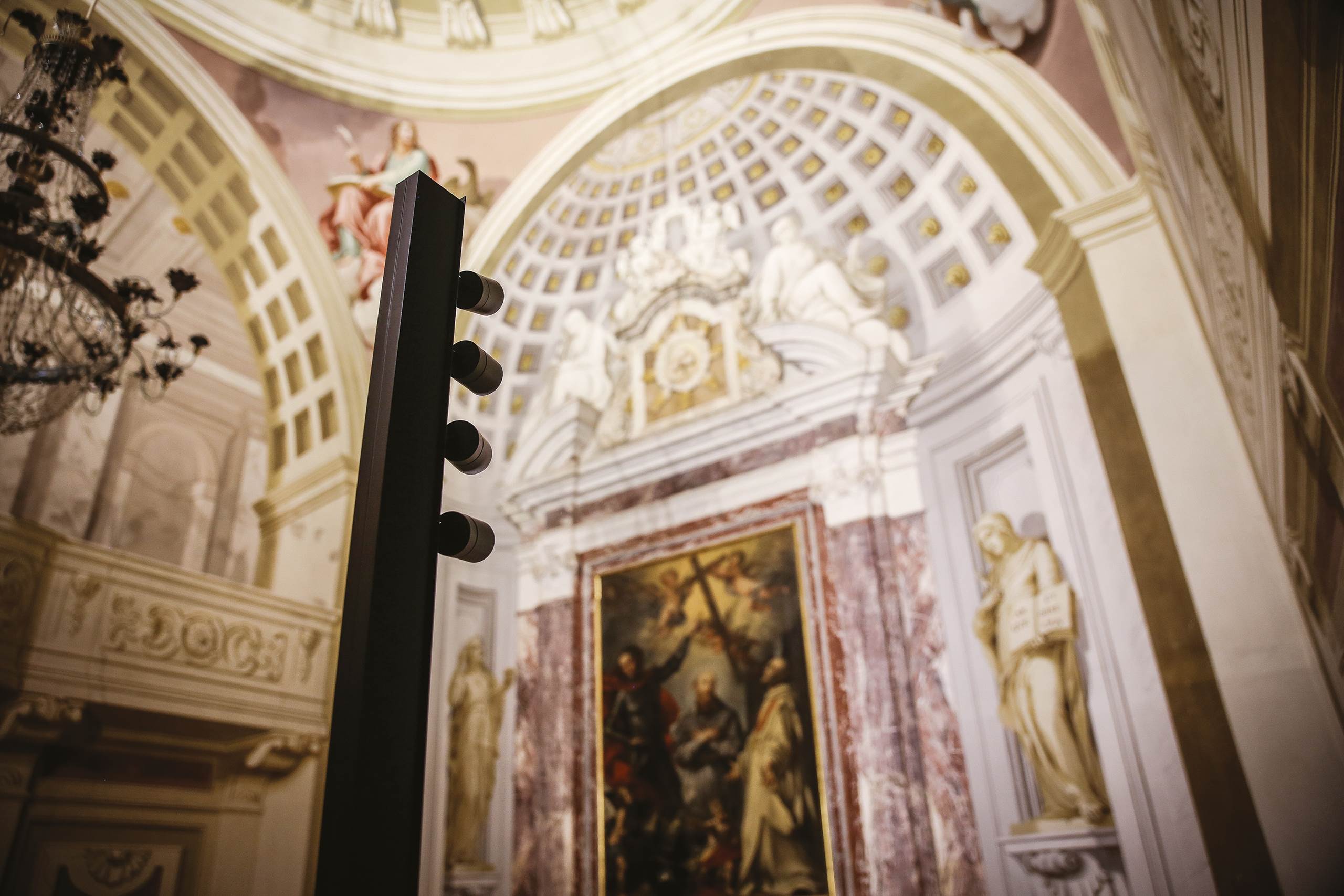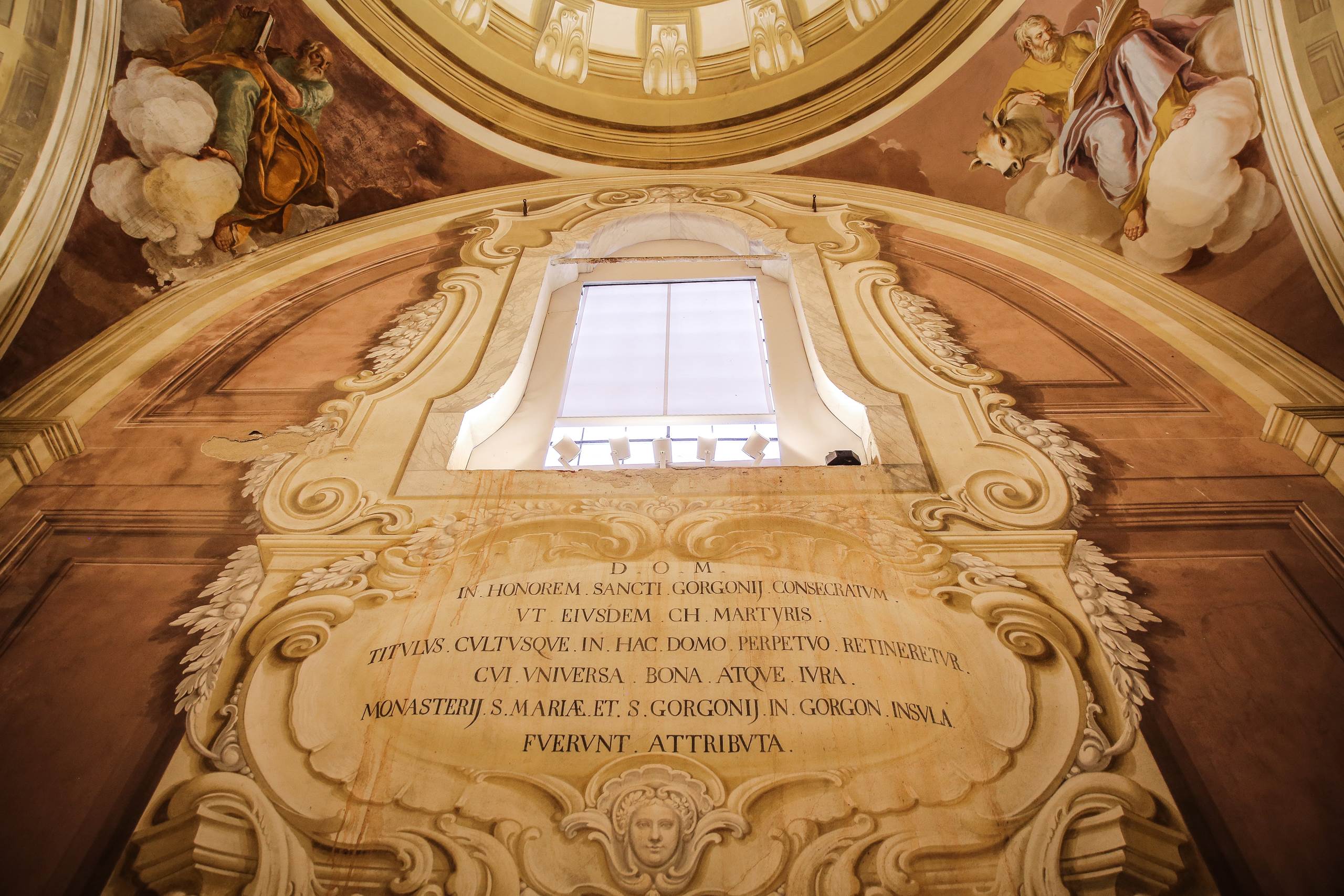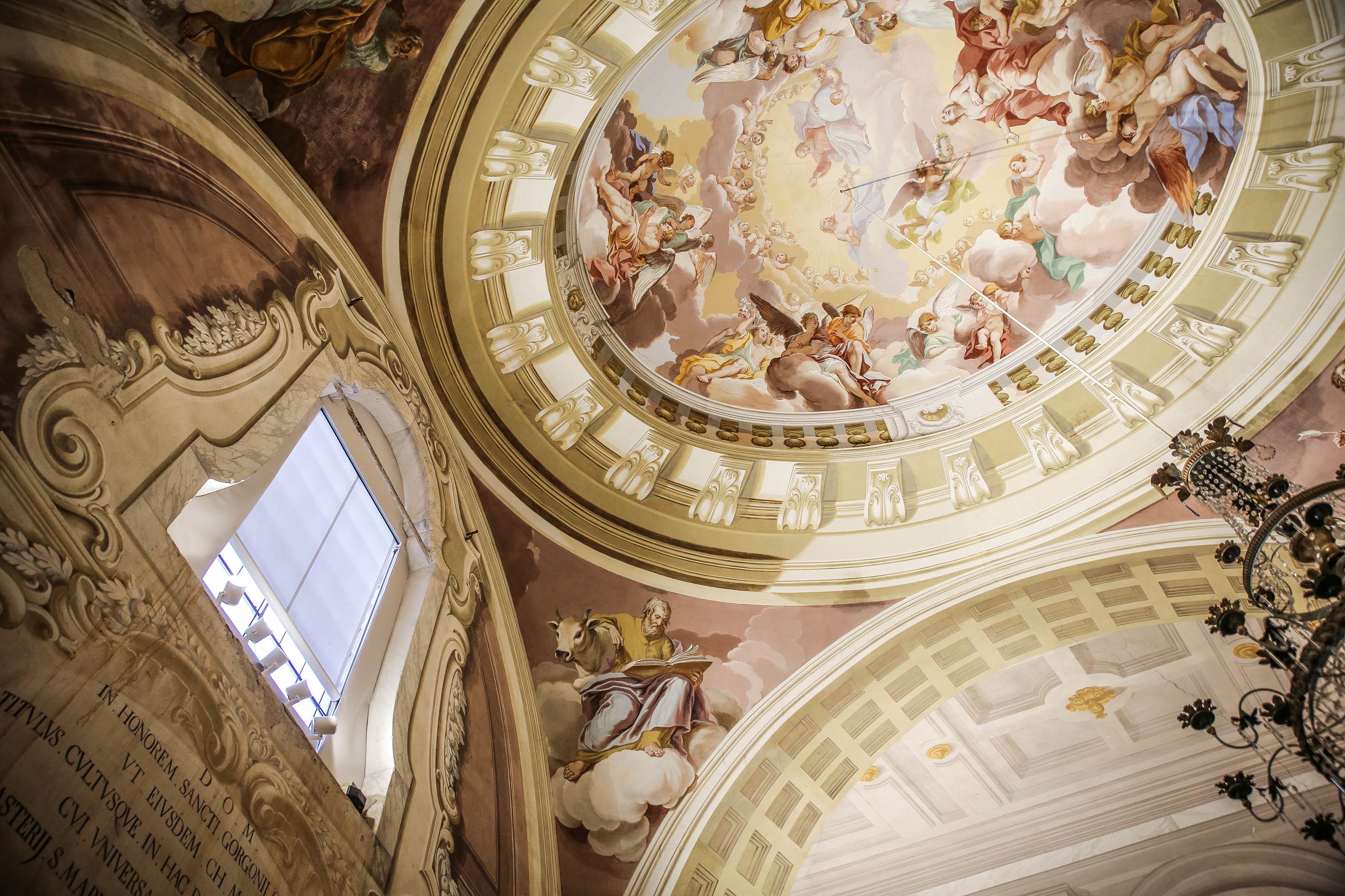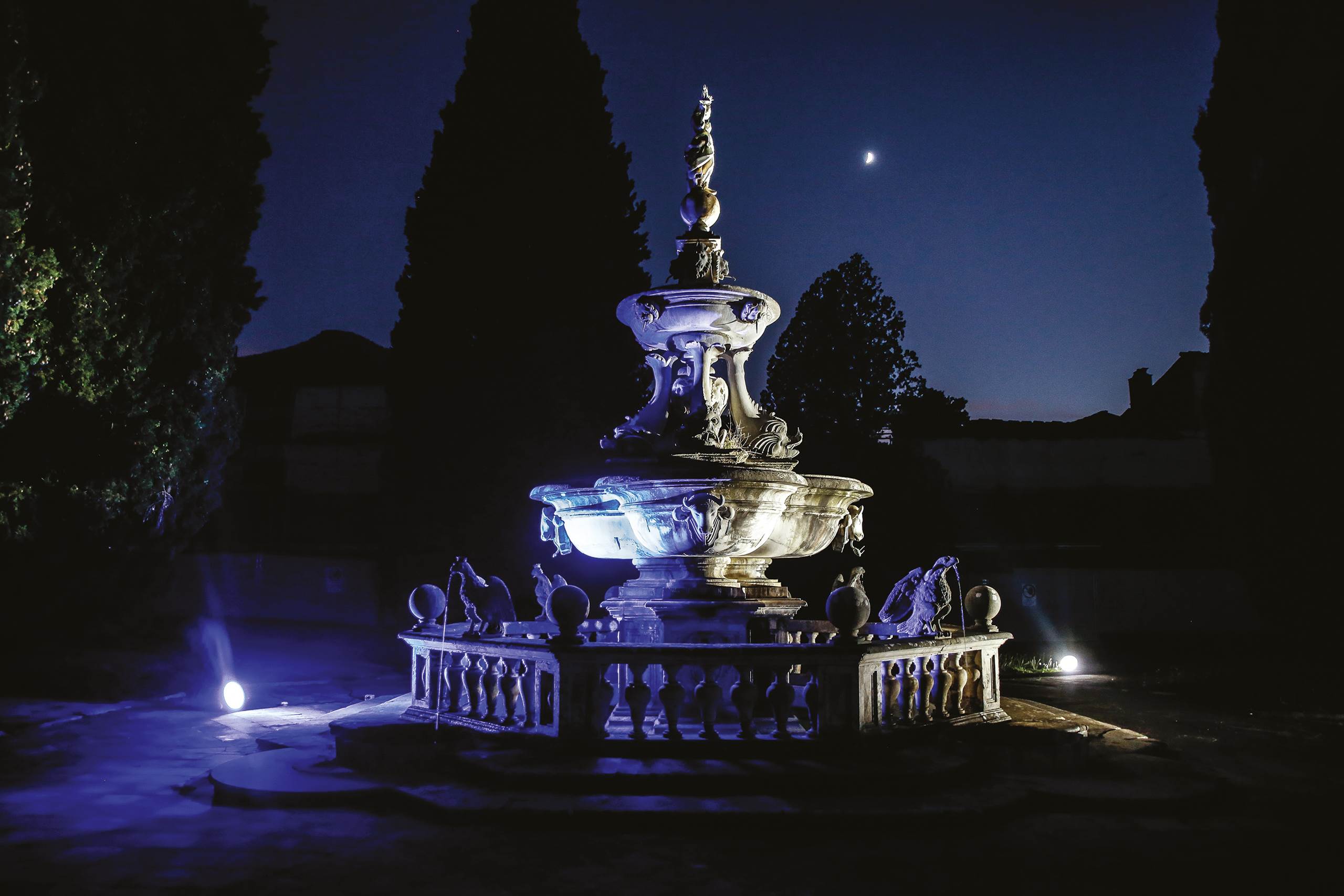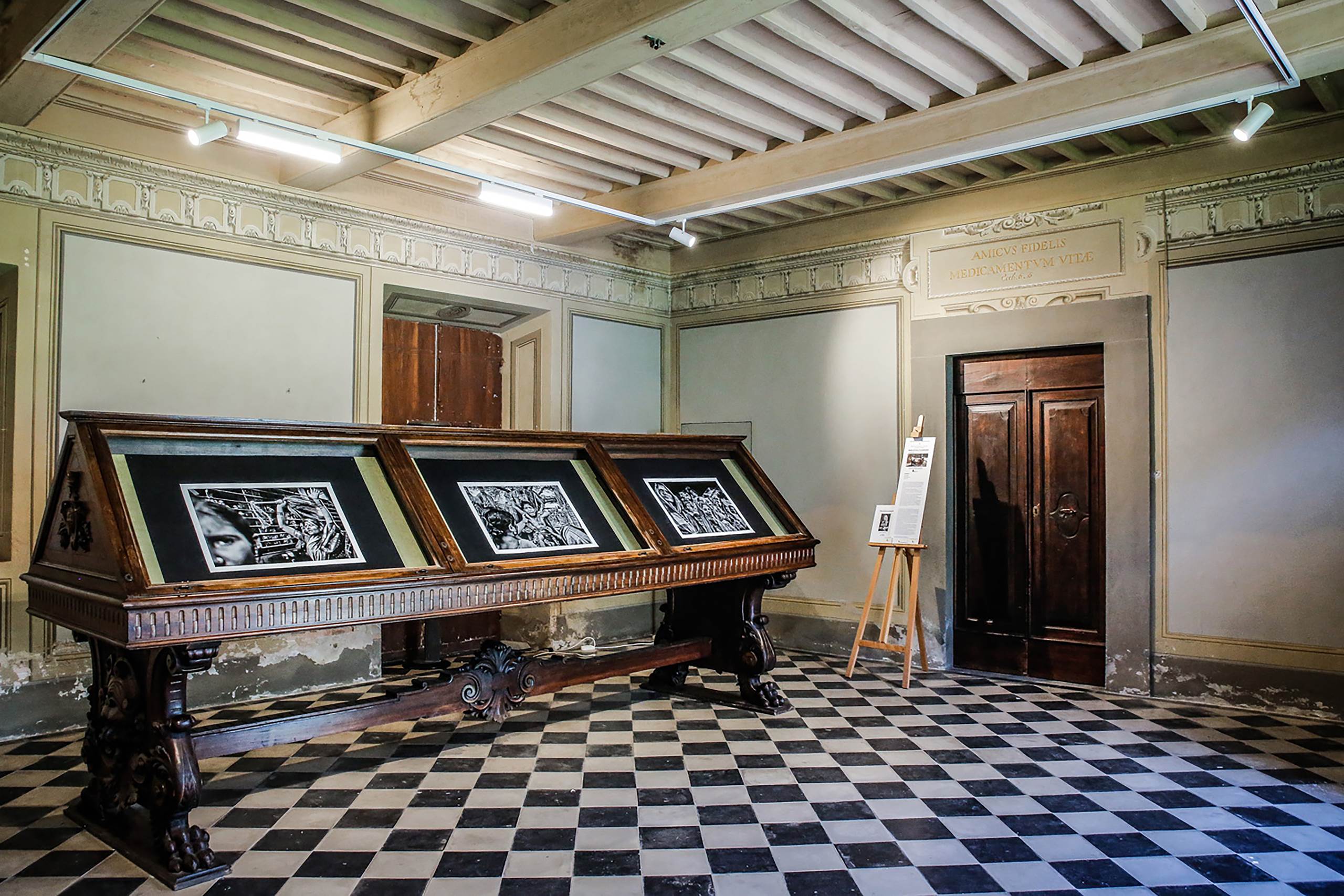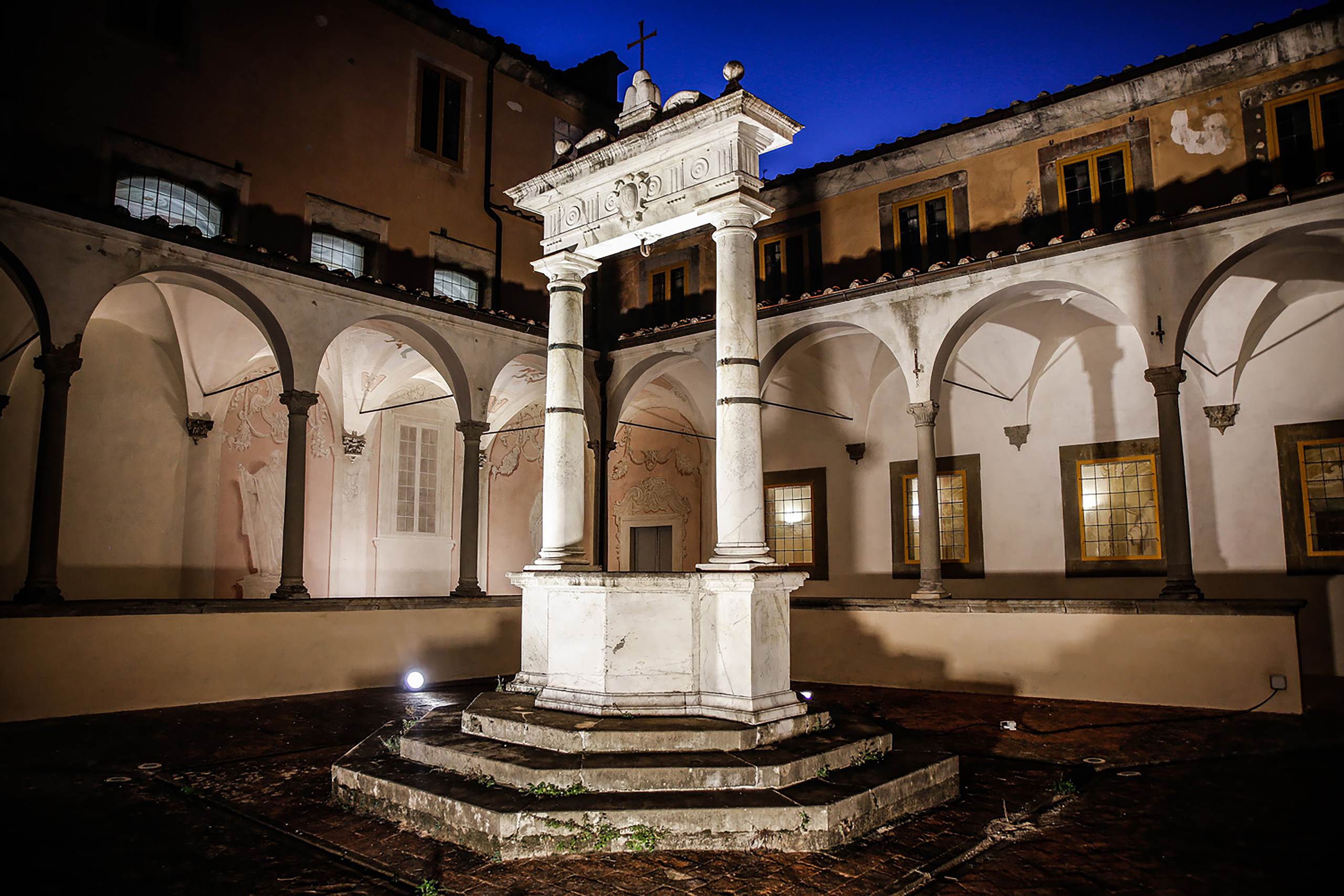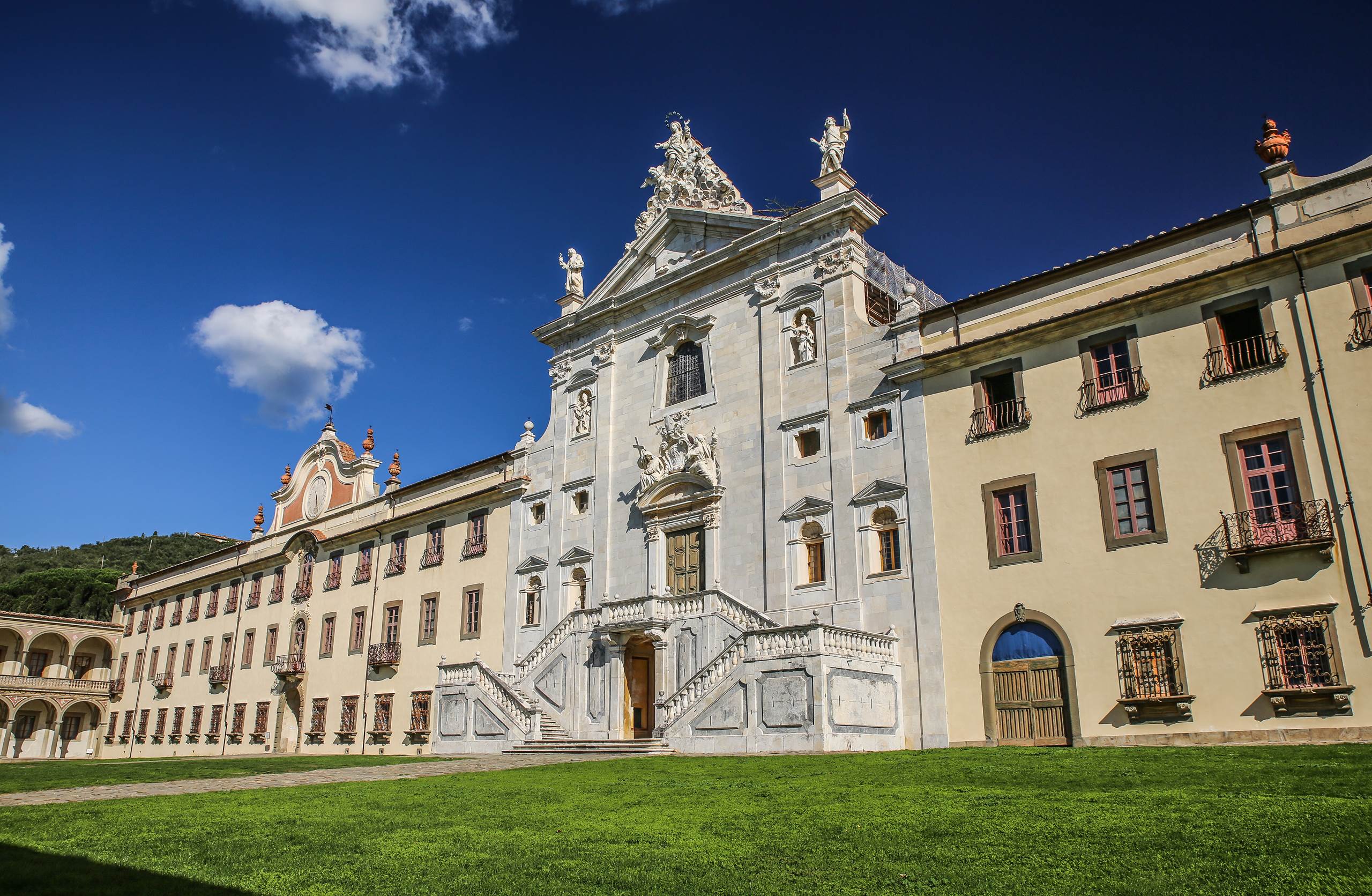Certosa of Calci
Minimalist design and high performances are what distinguish the luminaires used.
As you come into Val Graziosa, don’t be surprised by the opulently baroque Certosa of Calci. It is in the contrast of the ornate architecture amongst the surrounding rural area, that its charm lies. A former monastery, now the Museum of Natural History of the University of Pisa, is now even more outstanding due to the new, intelligent architectural lighting design. The lighting design illustrates how good illumination can enhance works of artistic heritage while also respecting the constraints of conservation through the use of a sophisticated LED control system.
The designers retrofitted the most significant architectural details: the white marble facade, the Cloister Grande, the Cloister, the Chapel of the Chapter, and the Court of Honour and Pharmacy. The use of state-of-the-art equipment was fundamental in being able to combine minimal design while minimally disrupting the architecture itself. Many of the luminaires were customised in order to meet the specifications and needs of both the indoor and outdoor areas.
Dynamic regulation of variables such as colour temperature, intensity and beam, allow designers to introduce effects that produce great emotional impact, enriching the experience and the perception of the space itself. In Cloister Grande, for example, modulating the colour temperature helps emphasise the cold tones of the travertine or the warm red brick. The central fountain lights up with a slight blue halo, creating a poetic lunar atmosphere.
PRODUCTS USED
Exenia: Museo (CRI 85 – 3000K); Accademia floor lamp (CRI 85 – 3000K).
Lumenpulse: Lumenbeam Small/Medium (2700K); Lumenfacade Wallwash Dynamic White.
Summary
As you come into Val Graziosa, don’t be surprised by the opulently baroque Certosa of Calci. It is in the contrast of the ornate architecture amongst the surrounding rural area, that its charm lies. A former monastery, now the Museum of Natural History of the University of Pisa, is now even more outstanding due to the new, intelligent architectural lighting design. The lighting design illustrates how good illumination can enhance works of artistic heritage while also respecting the constraints of conservation through the use of a sophisticated LED control system.

